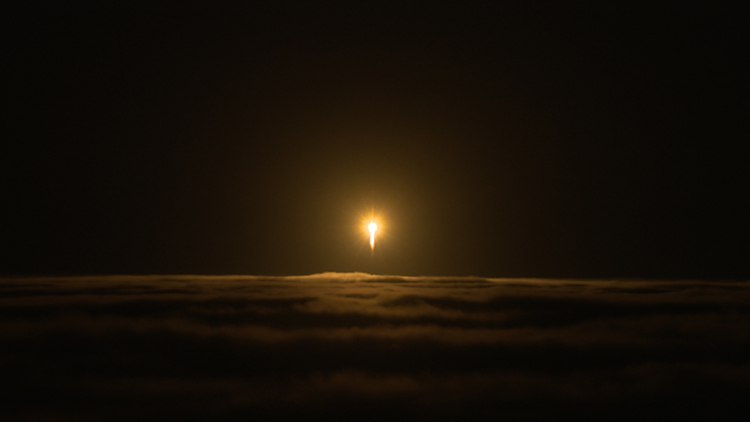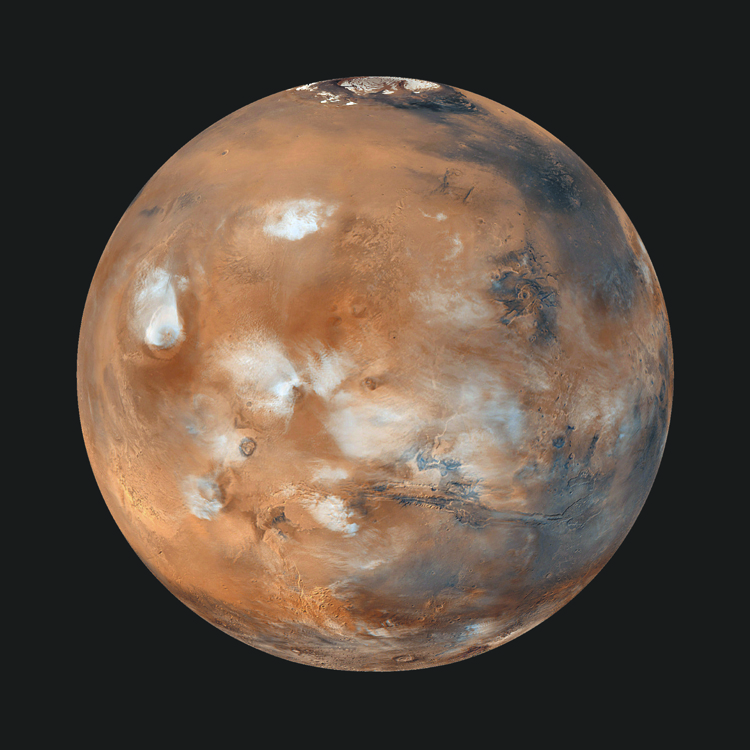Last month, on May 5, the United States National Aeronautics and Space Administration (NASA) launched a new Mars probe called Insight from Vandenberg Air Force Base in California. InSight is short for Interior Exploration using Seismic Investigations, Geodesy, and Heat Transport. InSight, a probe that will study the formation of Mars, is NASA’s first interplanetary mission launched from the west coast of the United States. All previous such launches took place at Cape Canaveral Air Force Station in Florida.
The InSight mission cost just $814 million, a relatively small sum in the multibillion-dollar science of space exploration. The bargain probe will break new ground, however, quite literally, by drilling into the Martian surface. It will sample temperatures, measure the magnetic field, and record seismic levels, all to help scientists understand the planet’s formation. The data may also shed light on the formation of Earth and our solar system.

Earth has three major layers: the crust, the mantle, and the core. Planetary scientists think our solar system’s other rocky planets—Mercury, Venus, and Mars—also have these layers. Scientists are unsure, however, how thick the layers are in the other planets. Earth has churned itself up through the process of plate tectonics, changing the chemical makeup and size of its layers over time. But Mars, the fourth planet from the sun, has experienced much less seismic activity. The planet’s present structure, then, should somewhat resemble its original composition when the solar system was formed.

InSight carries three instruments vital to its mission. The Seismic Experiment Interior Structure (SEIS) sensor will study seismic waves from marsquakes (the Martian equivalent of earthquakes) to determine the structure of the interior of Mars. The Heat Flow and Physical Properties Package (HP3) will drill down almost 15 feet (5 meters) below the Martian surface—the deepest extraterrestrial excavation to date. As it drills, HP3 will record temperature changes to see how much heat remains from Mars’s formation billions of years ago. Scientists can determine the age of rocks, fossils, and other objects by measuring the radioactive elements in them, a science called radiogeology. A third InSight instrument will measure Mars’s magnetic field.
In an unusual arrangement, a robotic arm will move SEIS and HP3 from docks on the body of the lander to the surface of Mars. Tethers will control and power the instruments. Other than that, InSight’s design is pretty standard. Engineers reused much of the design of NASA’s Pheonix lander, which, in 2008, studied the history of water on Mars. By reusing this successful design, engineers saved many millions of dollars on the mission.
Two CubeSats (miniature satellites) hitched a ride on InSight’s rocket and are also traveling to Mars. The CubeSats are the first such satellites to venture beyond Earth’s orbit, and they will help transfer data from InSight during the probe’s landing.
InSight is scheduled to land on Mars on Nov. 26, 2018. Despite NASA’s strong recent record for Mars missions and the use of the proven Phoenix platform, success is far from guaranteed. Over the years, nearly two-thirds of all Mars missions have failed before completing their planned observations.
Image 1: This artist’s rendition shows the InSight lander operating on the surface of Mars. The probe is scheduled to land on Mars on Nov. 26, 2018. Credit: NASA/JPL-Caltech
Image 2: A NASA Atlas V rocket carrying InSight breaks through the clouds above Vandenberg Air Force Base in California on May 5, 2018. Credit: Cory Huston, NASA
Image 3: Beginning in late November 2018, NASA’s InSight probe will study the formation of Mars, the fourth planet from the sun. Credit: NASA/JPL/Malin Space Science Systems